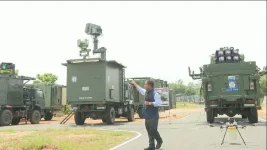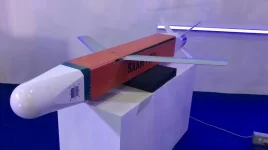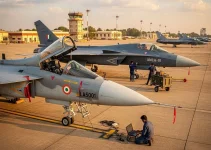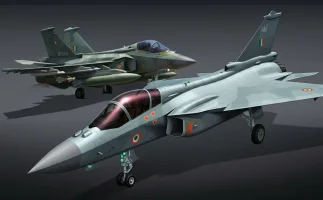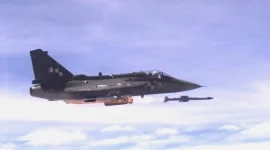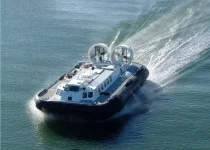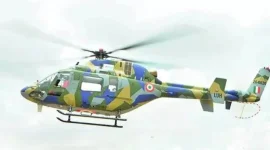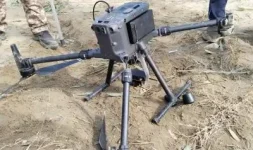In a move set to significantly enhance India's indigenous defence capabilities, the Aeronautical Development Establishment (ADE), a key laboratory of the Defence Research and Development Organisation (DRDO), has initiated the development of a next-generation Unmanned Combat Aerial Vehicle (UCAV).
This new jet-powered, stealth aircraft is being designed for the Indian Air Force (IAF) to conduct high-altitude, long-endurance missions.
The proposed aircraft is a High-Altitude Long-Endurance (HALE) platform, which means it is designed to operate for extended durations at altitudes exceeding 40,000 feet.
Powered by a turbofan engine, it will be capable of performing a wide range of missions, including intelligence gathering, surveillance, reconnaissance (ISR), and precision strikes.
This ADE project is a distinct initiative from a parallel HALE program by Hindustan Aeronautics Limited (HAL), utilising a different engine to achieve its specific performance goals.
A standout feature of this UCAV is its planned capability for air-to-air combat, a role traditionally reserved for manned fighter jets.
The platform is being engineered to carry India's indigenous Beyond Visual Range Air-to-Air Missiles (BVRAAMs), such as the Astra Mk-1 and its future variants.
By integrating with Airborne Warning and Control Systems (AWACS), the UCAV can receive real-time targeting data, enabling it to engage enemy aircraft or coordinate attacks with manned fighters like the Su-30 MKI and Tejas.
Its low-observable stealth design is intended to ensure its survivability against modern enemy air defence systems.
This advanced UCAV is being developed to address critical surveillance gaps for the IAF, particularly along India's northern and western borders.
Its ability to maintain persistent watch over vast and challenging landscapes, such as the Himalayan region, will provide a significant strategic advantage where extreme weather and high altitudes pose challenges for many aerial platforms.
The integration of air-to-air missiles transforms the drone's role from a simple surveillance tool into a potent defensive asset. It will be capable of conducting Combat Air Patrols (CAP) to protect Indian airspace and counter hostile aircraft.
This concept, known globally as Manned-Unmanned Teaming (MUM-T), involves autonomous systems working in synergy with piloted aircraft. This allows air forces to execute high-risk missions, such as the Suppression of Enemy Air Defences (SEAD), more effectively and with reduced risk to pilots.
While the ADE focuses on this strategic, air-combat-oriented platform, Hindustan Aeronautics Limited (HAL) is separately advancing its Combat Air Teaming System (CATS) program.
The HAL CATS Warrior is designed as a "loyal wingman" to fly alongside and support manned fighters. In contrast, the ADE's HALE UCAV is envisioned as a heavier, more autonomous platform with a broader mission scope.
The pursuit of these two distinct UCAV programs by ADE and HAL reflects India's multi-pronged strategy to build a robust and diverse ecosystem of unmanned aerial systems.
This approach fosters internal competition and innovation, ultimately strengthening the nation's self-reliance in critical defence technologies and preparing the Indian Air Force for the complex battlefields of the future.

